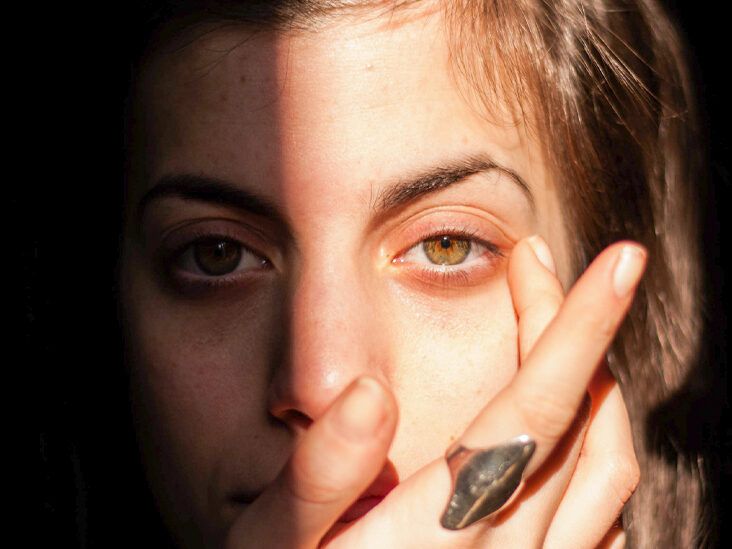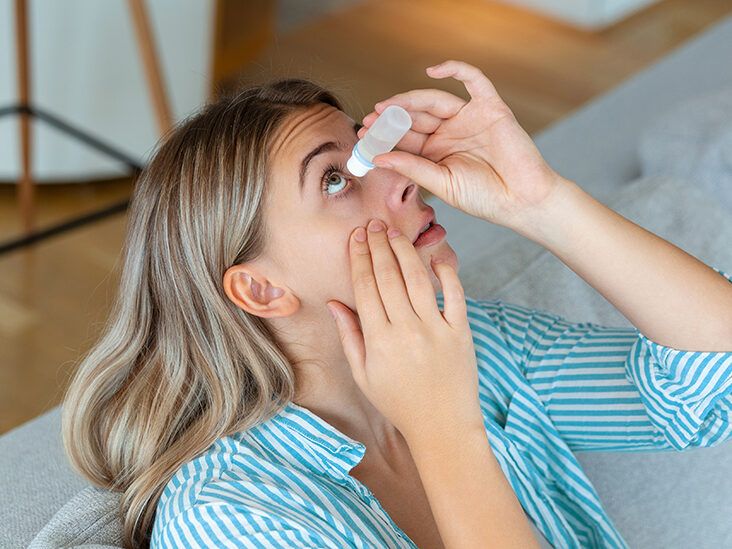Your only solution for dry eyes doesn’t have to be eye drops. Lifestyle remedies that may help include getting air-purifying house plants, changing the direction of vents, and adjusting electronic screen settings.
You feel like rubbing your eyes out. They’re scratchy, irritated, inflamed, and redder than a tomato. But before reaching for that bottle of over-the-counter eye drops again, take a deep breath.
Lifestyle hacks at home can improve your symptoms and provide relief.
Research on whether these tips may help with dry eye symptoms is lacking. Speak with your doctor about how they might suggest to change your home environment and lifestyle to manage dry eye symptoms.
Even if you keep a tidy, clean home, recirculated indoor air may worsen your dry eye symptoms. Some house plants known for their air-filtering abilities are:
- peace lily
- golden pothos
- English ivy
Avoid plants that may cause allergies for you. This may worsen your symptoms.
Research has shown that caffeine may help with tear production, although existing research is mixed.
This doesn’t prove that going to your local coffee shop multiple times a day will help with your chronic dry eyes. But a limited increase in caffeine may help your eyes produce more moisture when needed.
If you don’t have sensitive skin, try placing cucumbers on your eyelids for a cooling sensation. Research indicates cucumber juice has powerful antioxidant and anti-inflammatory properties, which may help depuff your irritated eyes.
Thin, refrigerated slices of potatoes can also provide the same effect. If vegetables aren’t your thing, make a cold compress and place it on your eyelids for 10 to 15 minutes daily.
Fish like herring, tuna, and salmon contain the highest omega-3 fatty acids. Some research indicates that omega-3s may help improve symptoms and even help with tear production.
Car, airplane, and other vehicle vents recycle old air, which can further dry your eyes. The vents can blow foreign materials, like dust or hairs, into your already-irritated eyes.
Using digital screens is a risk factor for dry eye disease, possibly because it alters your blink rate.
To reduce eye fatigue:
- blink often
- make the screen’s brightness the same as your surroundings
- alter the text size
- look away from the screen every 20 minutes or so, or follow the 20-20-20 rule
Many dry eye treatments are available, including hacks you can do right at home.
This can be adding some air-purifying house plants, eating more fatty fish, and adjusting your electronic screen settings, among other hacks.
Speak with your doctor about their recommendations, or if you’re still managing symptoms after implementing these hacks.
When should you be concerned about dry eyes? Take the quiz!









